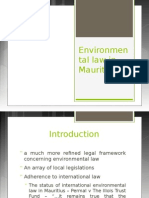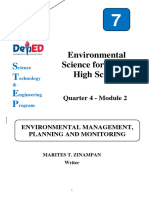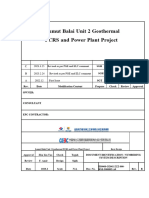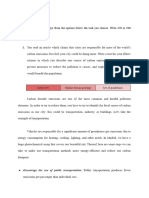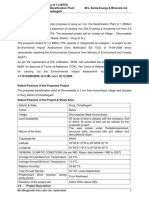0% found this document useful (0 votes)
11 views20 pagesUnit 3 Part 1 Slides
Uploaded by
nokwandasipheCopyright
© © All Rights Reserved
We take content rights seriously. If you suspect this is your content, claim it here.
Available Formats
Download as PDF, TXT or read online on Scribd
0% found this document useful (0 votes)
11 views20 pagesUnit 3 Part 1 Slides
Uploaded by
nokwandasipheCopyright
© © All Rights Reserved
We take content rights seriously. If you suspect this is your content, claim it here.
Available Formats
Download as PDF, TXT or read online on Scribd
/ 20









